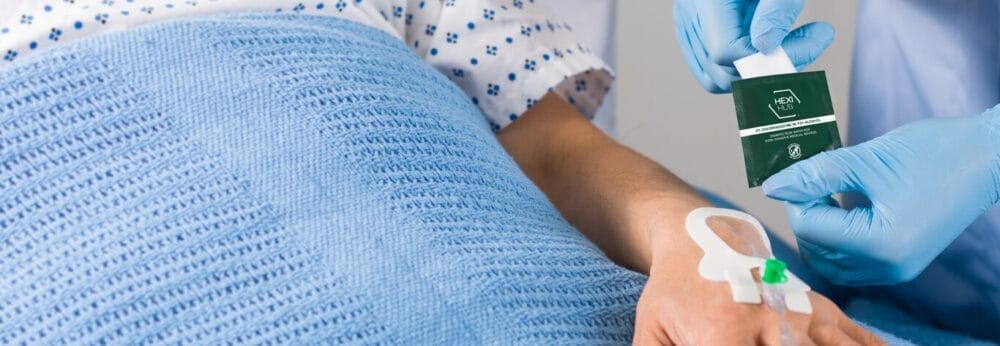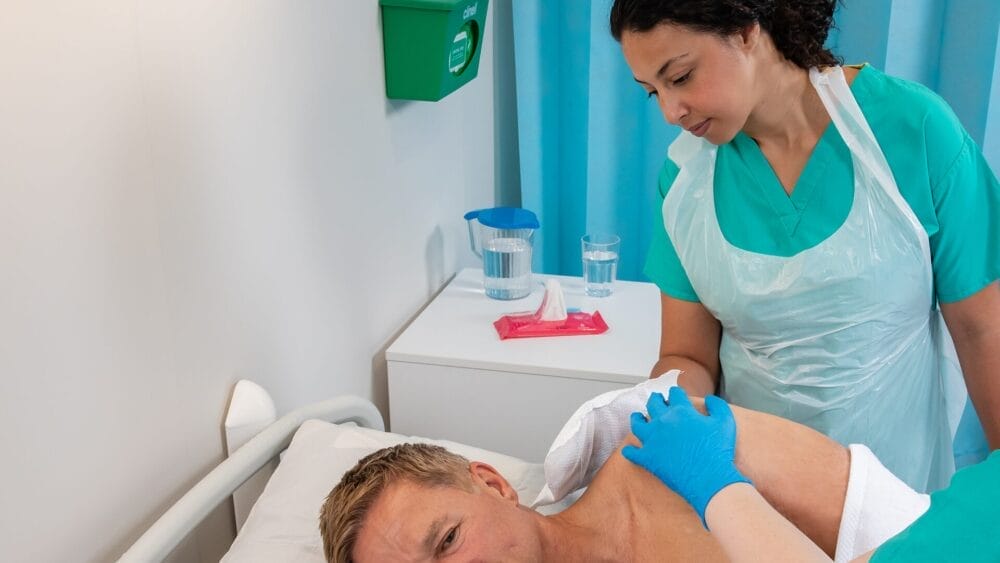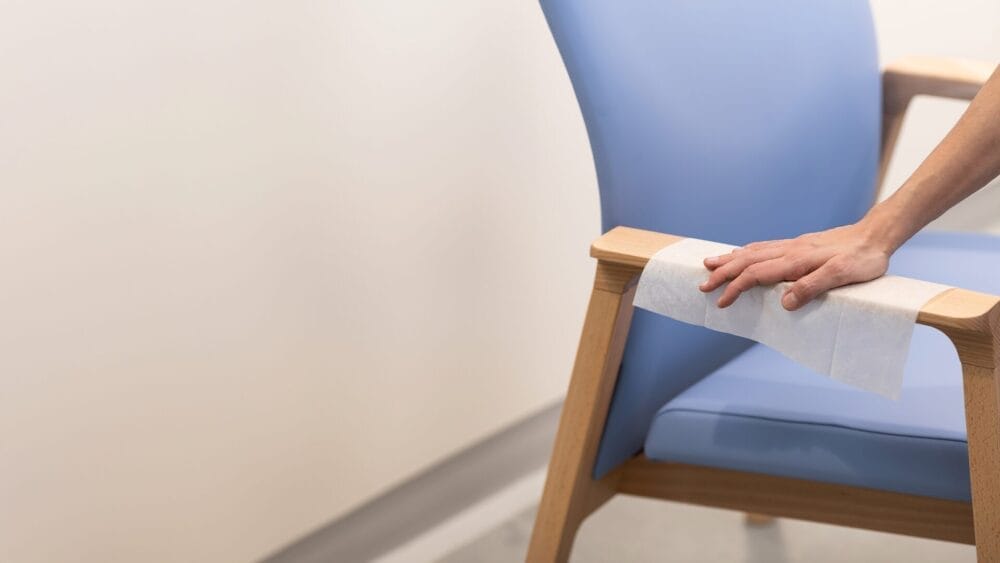Posted
5th August 2016
Research
There has been much discussion on the transmission routes of the MERS coronavirus (MERS-CoV). Initial studies suggested that contamination of air and surfaces could be important in the transmission of the MERS-CoV. A recent study in Clinical Infectious Diseases evaluated the extent of air and surface contamination surrounding patients during MERS-CoV outbreaks in 2015 in South Korea. A high rate of both air and surface contamination was identified. 4/7 air samples from two patient’s rooms a bathroom and a common corridor were contaminated with MERS-CoV, and 15 of 68 surfaces were found to be contaminated with MERS-CoV by viral culture. The finding of viable MERS-CoV in a common corridor is of particular concern, and, although asymptomatic shedding could have been involved, this suggests that MERS-CoV was not contained during the outbreak. These high rates of contamination of both surfaces and air suggest that either or both could be involved in the transmission of MERS-CoV.
SHARE THIS ARTICLE
Tags
Latest News
Embracing sustainability and cost savings: The journey of Clinell Indicator Notes to paper-based solutions
At GAMA Healthcare, we’ve always prided ourselves on being at…
Introducing HEXI HUB: A seamless transition in our product line
We’re pleased to announce an update to our product offering…
Innovative solutions for tackling Carbapenemase-producing Enterobacteriaceae (CPE) at King’s College Hospitals
King’s College Hospital NHS Foundation Trust, one of London’s largest…
Gloves Off: reducing unnecessary plastic waste during environmental cleaning and disinfection
In this blog, Dr Phil Norville discusses the momentum-gaining ‘Gloves…




